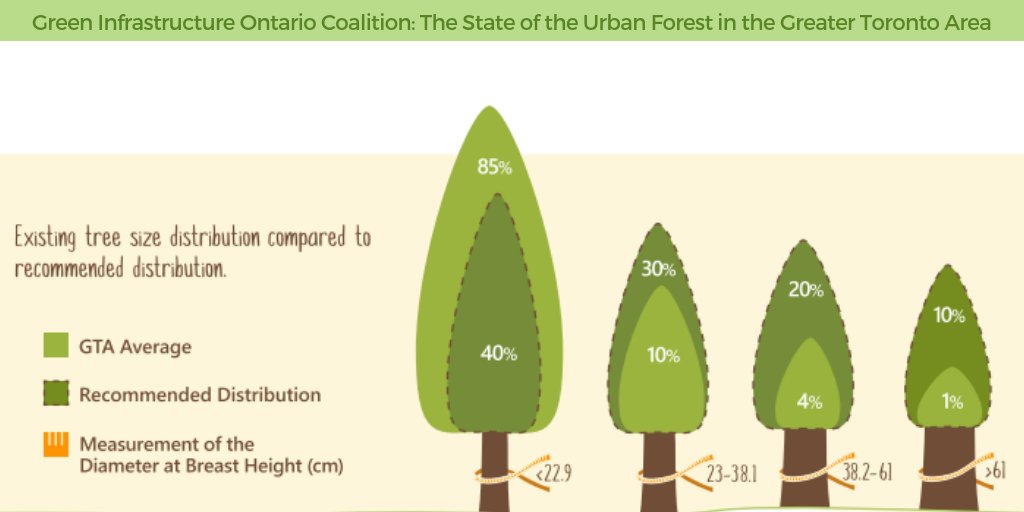When how much do mikes cost comes to developing a landscape that flourishes, mastering the art of tree trimming is a must. management tree having the ability to shape your trees with accuracy, guaranteeing their vigor and beauty for many years to find. By learning the essential techniques for appropriate cuts, timing, and architectural training, you hold the trick to a growing outside room that will excite all who experience it. But exactly how do these trimming approaches genuinely influence the wellness of your trees and the overall landscape visual?
Correct Pruning Cuts for Tree Wellness
When it comes to keeping the health and wellness of your trees, making correct trimming cuts is important. Inaccurate cuts can cause condition, insect invasion, and total tree decrease. To make sure the vitality of your trees, always begin by utilizing sharp, clean tools to make accurate cuts.
Begin by recognizing the branch collar, an inflamed area where the branch connects to the trunk. Cutting just outside the collar assists advertise correct healing and minimizes the danger of infection. Prevent leaving stubs as they can invite pests and conditions into the tree.
Keep in mind to make cuts at a slight angle, sloping far from the trunk, to prevent water from pooling on the wound. In addition, remove any kind of dead, harmed, or going across branches to enhance air blood circulation and sunshine infiltration.
Timing and Regularity of Trimming
To maintain the wellness and structure of your trees, understanding the ideal timing and frequency of trimming is vital.
The most effective time to trim trees is generally throughout the inactive season in late winter season or very early springtime. Pruning throughout gardening jobs auckland helps promote new growth once the tree starts budding in the springtime.
Nonetheless, some trees, like spring-flowering ones, are best pruned right after they end up blooming to avoid removing next year's blossom buds.
Regular pruning is crucial, yet the frequency relies on the tree species and its growth rate. For many trees, an annual evaluation to eliminate dead, diseased, or going across branches is suggested. Young trees may call for more frequent trimming to develop a strong structure, while fully grown trees might just need upkeep pruning every couple of years.
Avoid pruning throughout the autumn when conditions are a lot more quickly spread out, and refrain from hefty pruning throughout the summer season when the tree is proactively expanding.
Training Young Trees for Structure
For developing solid and healthy and balanced trees, training young trees for optimal structure is essential. By shaping a tree when it's young, you set the foundation for a durable and aesthetically appealing mature tree.
Begin by identifying the main leader, which is the main upward-growing branch. Urge the central leader's development by pruning away competing leaders, helping the tree establish a strong main trunk. In addition, get rid of any branches that grow internal or downward, as they can cause structural problems as the tree expands.
It is necessary to room out lateral branches evenly around the trunk to promote balanced development. As the tree develops, continue to monitor its development and trim as required to maintain its shape and structure.
Appropriately trained young trees are less likely to create weak crotches or overcrowded branches, decreasing the danger of damages throughout tornados. Investing time in training young trees will repay with a beautifully structured and resilient tree in the future.
Conclusion
Now that you have understood the essential strategies of tree pruning, your landscape gets on its way to flourishing. By using sharp tools, making specific cuts, and appropriately timing your pruning sessions, you are making sure the health and long life of your trees. Keep in mind to consistently evaluate and keep your trees to keep them prospering. With your newly found understanding, your landscape will certainly continue to grow beautifully for years ahead. Keep up the great work!
